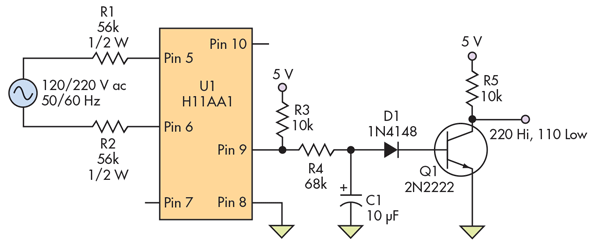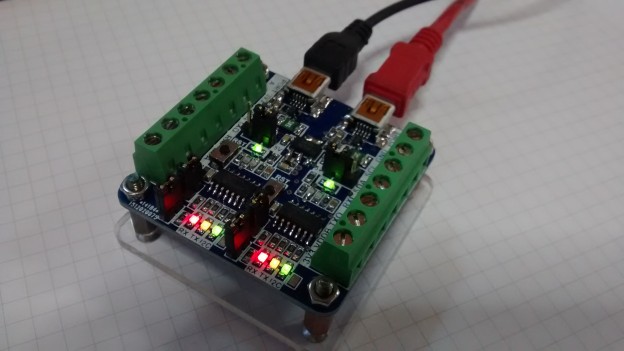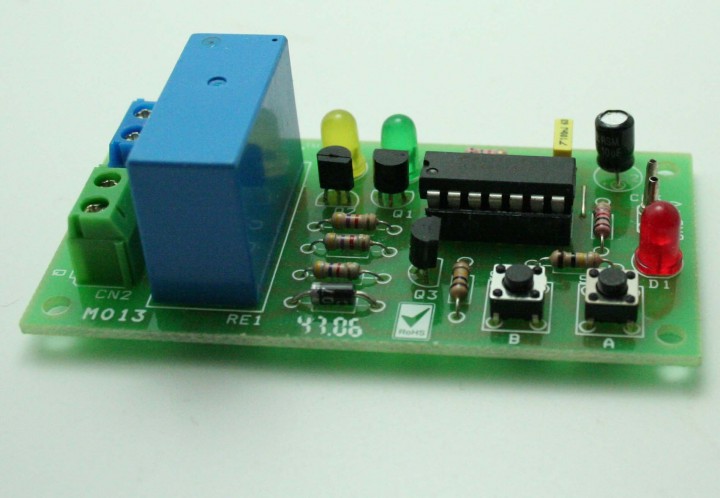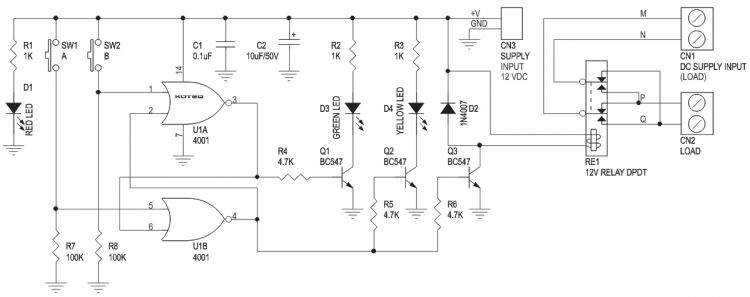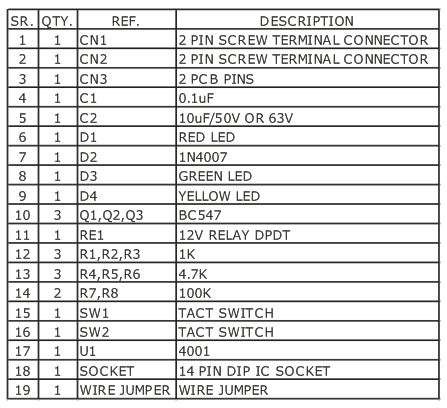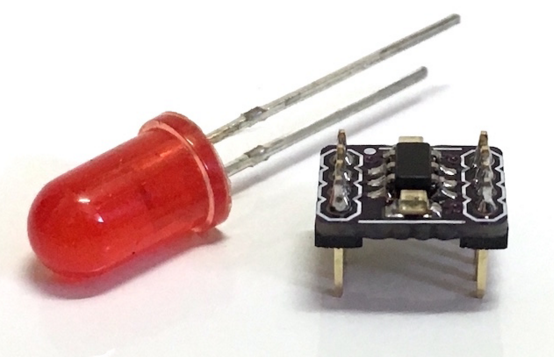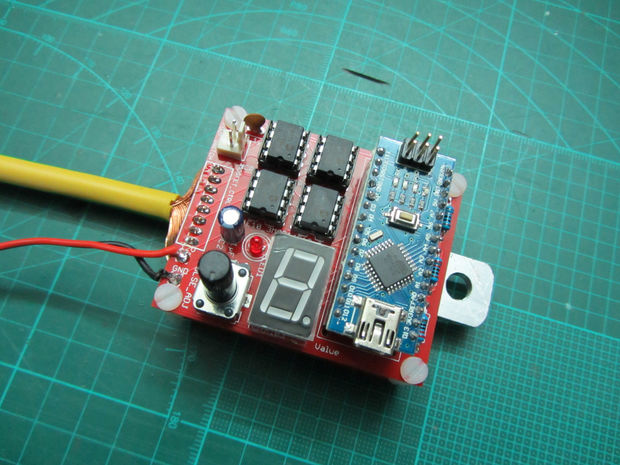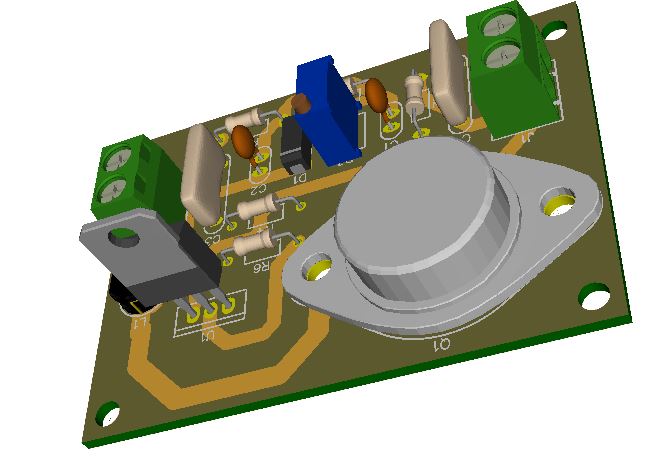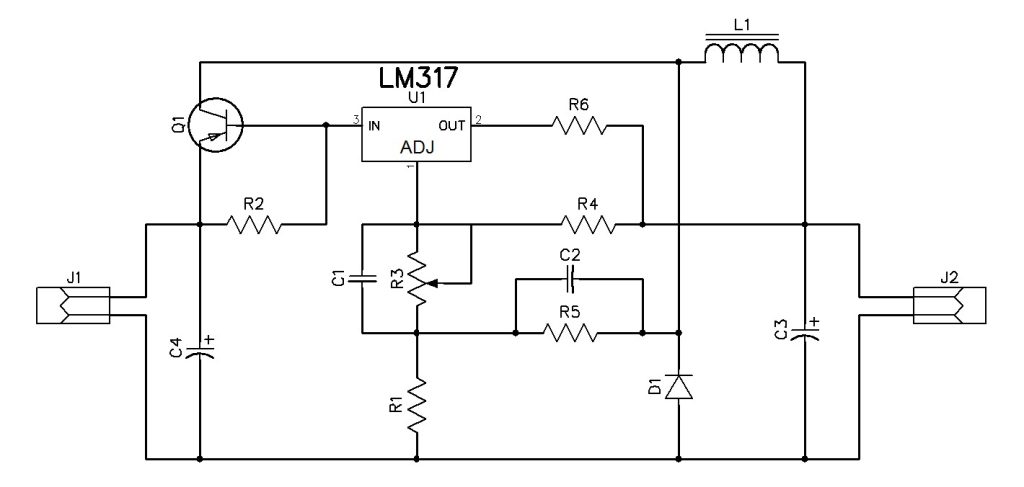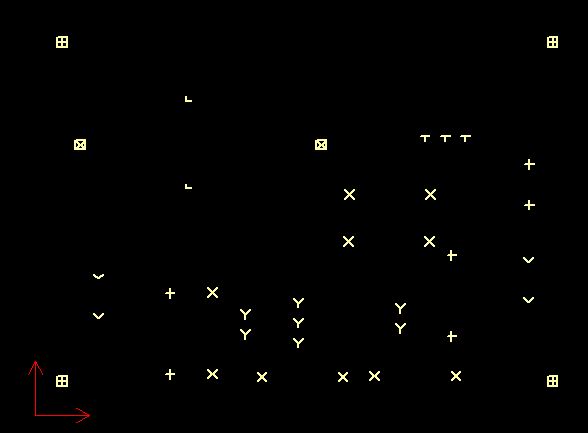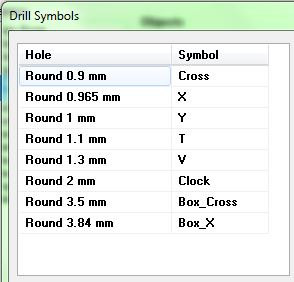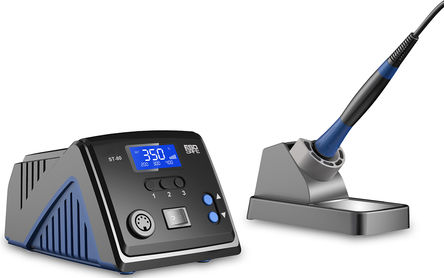The IDTF1370 is a digital pre-distortion demodulator (DPD) for power amplifiers linearization in BTS transmitter that utilize the IDT zero-distortion, and glitch-free technology that offers customers an unparalleled high-performance DPD demodulator. It utilizes the technique called pre-distortion, in digital communication it is used to improve the linearity of the transmitter performance by pre-distorting a data to counteract the distortion inherent in the power amplifier. The F1370 has an RF channel range of 1300-2900MHz, it’s IF frequency ranges 20-500MHz, a typical gain of 12.5dB, +41dBm IP3o, and a High/Low side injection. The device features an integrated DPD IC for MIMO, which eliminates the need for external IF amps, baluns, switches, and DSAs thus reduce solution cost and space significantly. It has a reduction of greater that 1-Watt power consumption compared to conventional solutions.
The device has an RF input, standby mode and attenuator setting may be set using the F1370 serial port input. It has a built-in digital step attenuator (DSA) and single-pole-double-throw switches (SP2Ts). The signal coming out of the power amplifier is receive so that the I&Q (In-phase and Quadrature) data at the Baseband can be pre-distorted before being sent to the transmitter’s digital-to-analog converter to counteract the distortion inherent in the downstream PA. The signal coupled from the PA is adjusted via a DSA to a lower level and then sub-sampled at an IF frequency of ~200 MHz which necessitates the need for a highly linear demodulator to downmix to quadrature IF from the Transmit frequency. Sampling IF_I and IF_Q independently and then digitally combining these signals can achieve an effective doubling of the sample rate. Any distortion in this path will degrade the performance of the DPD algorithm. By utilizing an ultra-linear demodulator with integrated DSA such as the IDT F1370, the ACLR and/or power consumption of the full Transmitter system can be improved significantly.
The F1370 is typically used in base station transmitter and receiver for digital pre-distortion demodulator. It is also applicable in industrial, test and measurement, broadband CATV, microwave, and wireless infrastructure and distributed antenna system.
High-band DPD Demodulator with Integrated DSA and RF Switch – [Link]


